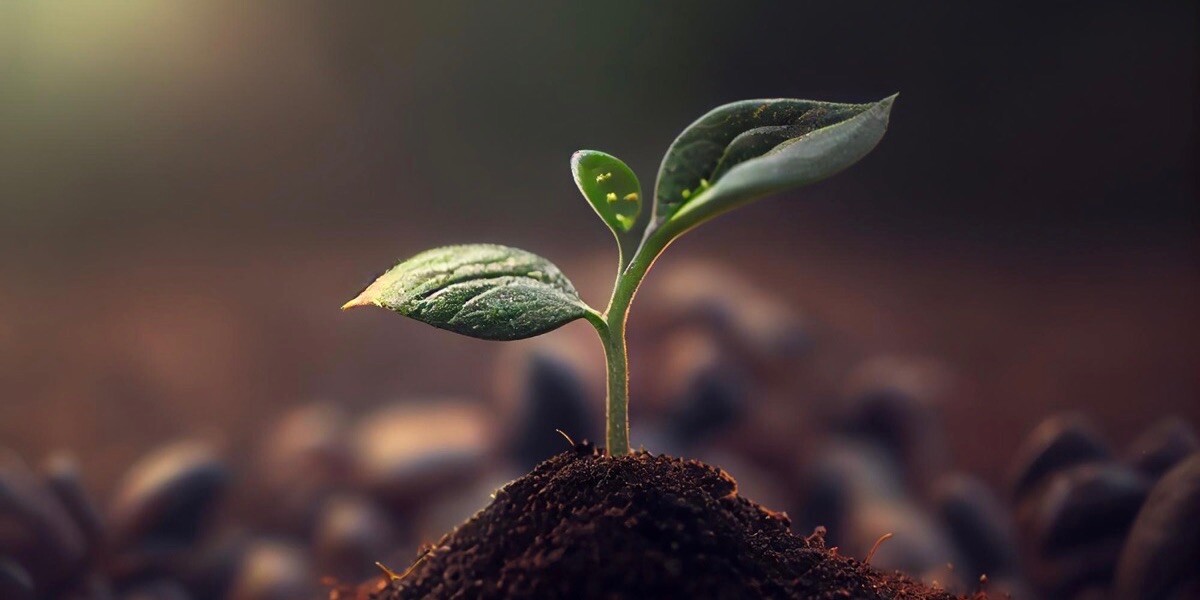
Vertical farming & carbon capturing
The world’s largest vertical farm is being built in the UK, German company Infarm is building its biggest vertical farm ever in the US and startup Leafood has raised $6.75m to develop a vertical farming network for the Baltics.
There is a lot happening in the world of vertical farming – but how does it work and how can it protect our environment?
Vegetables and Fruit Growing in Vertical Farms
Vegetables and fruit growing on a few square metres, one above the other in several storeys: this is what is called vertical farming.
Europe’s largest vertical farm is currently in Denmark (until the vertical farm in the UK is going to be finished ?). There, the company Nordic Harvest cultivates vegetables in 14 storeys on top of each other. The vegetables are harvested all year round. This is made possible by 24-hour lighting with LED lamps and a climate control system that always ensures the optimal temperature and humidity in the room.
Thanks to this highly efficient technology and cultivation on several levels, this vertical farm can produce around 1,000 tonnes of vegetables per year on 7,000 square metres. This requires a fraction of the space currently needed to produce the same amount of vegetables in fields on the plain.
And that is very, very good. Because agriculture as it is right now brings with it a number of problems.
Challenges Addressed by Vertical Farming
One of these, for example, would be the question of how to ensure food for a growing world population in the future: United Nations projections show that about 9.7 billion people will inhabit our earth by 2070 – almost 2 billion more than now. All these people will need to be supplied with food. In addition, there are the consequences of climate change: weather extremes such as heavy rainfall and drought are steadily increasing and leading to ever smaller crop yields.
The efficiency and resilience of vertical agriculture is therefore just what is needed.
Besides food security, however, there are a number of other problems that vertical agriculture could help to solve. For example, current agriculture is partly responsible for a not insignificant part of climate change. Over-fertilisation and pesticides pollute the environment and water bodies. In addition, agriculture consumes large amounts of water in some parts of the world, which has led to strong competition for this scarce resource.
The enormous water consumption could be rapidly reduced through vertical farming: Vertical farms require just five to ten percent of what “normal” agriculture needs due to highly efficient water systems.
Even though we often think of energy and transport first when we hear about climate change, what we eat also plays a big role in the fight against it.
It is therefore all the more gratifying to follow progress in the field of agriculture and to soon see it on a large scale.
Extracting Co2 from the air – is that really possible?
A team of researchers from Tokyo Metropolitan University say they have found a way to do this effectively and quickly.
“Carbon capturing” is the name given to the process in which technology is used to extract Co2 from ambient air. Until now, this method has often been discussed, but was too expensive, too slow or too inefficient when done in real life.
Should the researchers from Japan be able to realise their project, it would be a great revolution, because according to them, their process would have an efficiency of 99% and be twice as fast as current methods.
How Carbon Capture Works
The method presented by the research team is a so-called direct air capture. Direct air capture (DAC) technologies typically remove carbon dioxide by passing the air or exhaust gases through some kind of filter or catalyst. Others pass the air through a liquid that either absorbs the CO2 or breaks it down into solid crystals or flakes. The researchers from Tokyo found a method that fits the latter – passing the air through a liquid – however, they are using a new liquid that is way more effective than previous methods.
Challenges in Carbon Capture
Theoretically, the findings of the researchers look very promising, yes. However, scalability still is a big problem in the carbon capturing space.
Mankind emits about 30 billion tonnes of carbon dioxide into the atmosphere every year, and the world’s largest direct air capture plant, “Orca” in Iceland, currently removes about 4,000 tonnes per year. So the difference is unfortunately still quite high and the results of the carbon capturing plant appear more like small crumbs from a 3-storey cake.
New research results always give us a lot of hope but also regularly show us that we are still very far from averting climate change. But even with small steps, we can move forward.
We will keep you posted on what the next steps towards sustainability will be.

